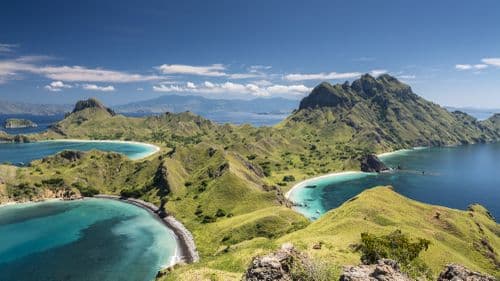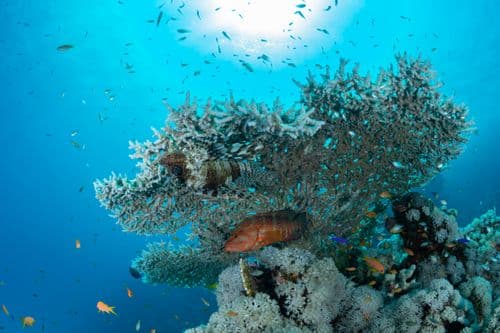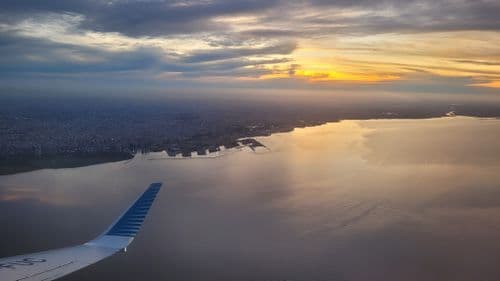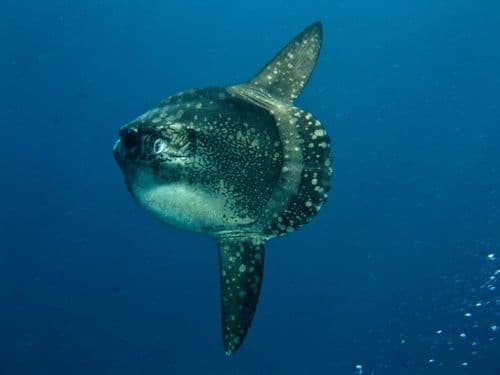
Salawati Island in Raja Ampat
Dive into the Rich History and Biodiversity of Raja Ampat
What you need to know about Salawati
Salawati, part of the Raja Ampat archipelago in, Indonesia, offers divers an unparalleled underwater experience. The island’s remote location ensures pristine dive sites with vibrant coral reefs and a stunning diversity of marine life. Salawati is renowned for its untouched reefs, making it a must-visit for those looking to explore off-the-beaten-path destinations.
Diving in Salawati presents a rich tapestry of marine biodiversity. Divers can expect to encounter everything from pygmy seahorses and nudibranchs to larger pelagics like manta rays and reef sharks.
For non-divers, Salawati offers exceptional snorkeling opportunities, kayaking, and nature hikes through lush tropical forests. The island’s cultural heritage also provides a fascinating backdrop, with local Papuan villages offering a glimpse into traditional lifestyles.
Interesting facts about Salawati
Getting there: The best way to explore Salawati is by liveaboard, offering easy access to the most remote and pristine dive sites. You can also fly to Sorong and take a boat from there.
Best time to visit: The ideal time for diving in Salawati is from October to April, when water temperatures range from 27°C to 30°C (81°F to 86°F) and visibility is at its peak.
Diving Conditions: Expect water depths ranging from 5 to 40 meters (16 to 131 feet) with moderate currents. Visibility is typically excellent, ranging from 20 to 30 meters (65 to 98 feet), ensuring breathtaking views of the underwater scenery. The area is suitable for divers of all experience levels, though some sites may require advanced skills due to stronger currents.
Our liveaboard trips: Our liveaboard vessels offer trips ranging from 7 to 10 days, often combining visits to other iconic Raja Ampat sites like Misool and Dampier Strait. This ensures a comprehensive diving experience in one of the world’s top diving destinations.
A little known fact: Salawati is not only known for its marine biodiversity but also for its role in World War II. The island was a significant strategic location, and remnants from the war can still be found underwater, adding a historical dimension to your dives.
Pictures of Salawati























